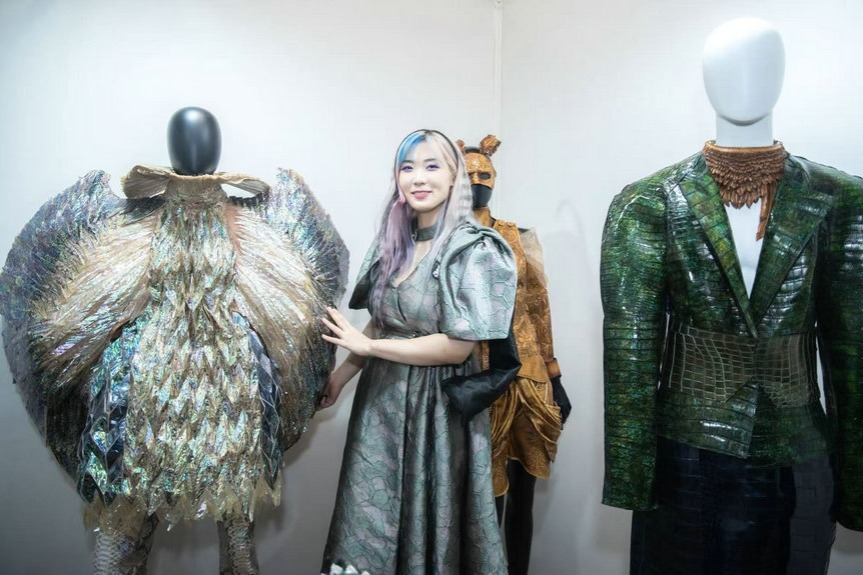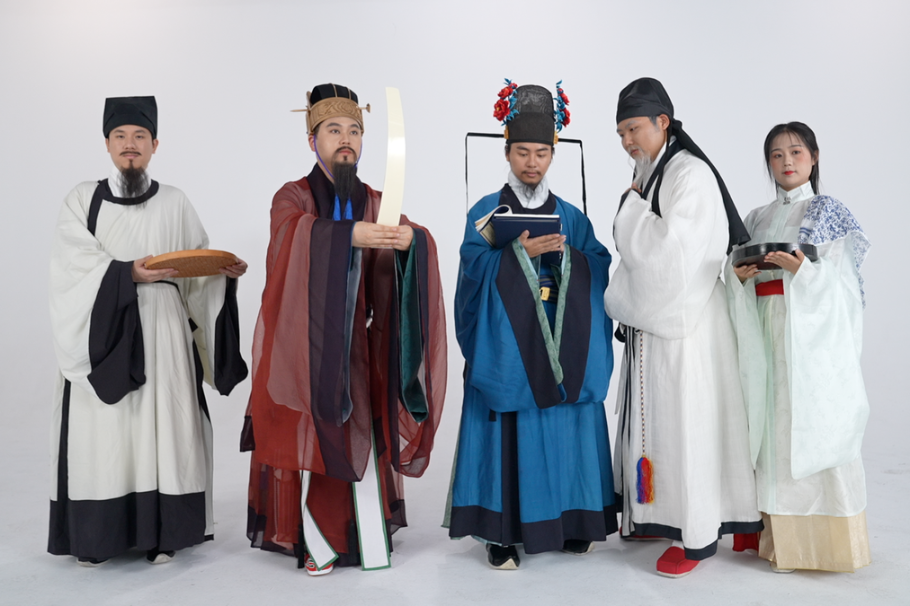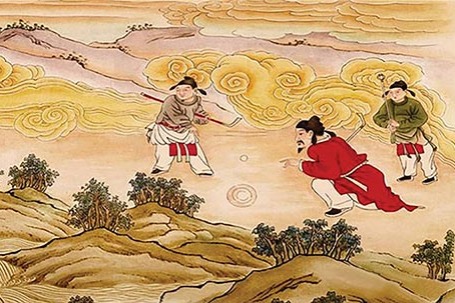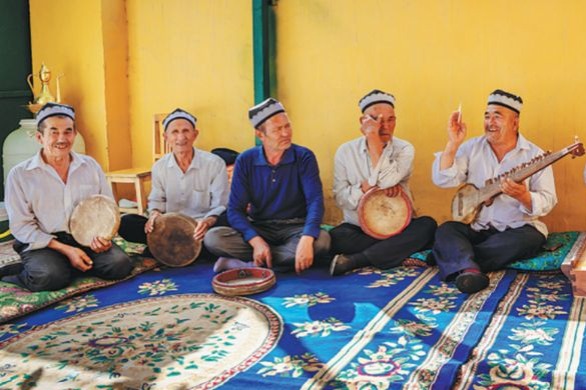How Shanghai became safe harbor for Jews

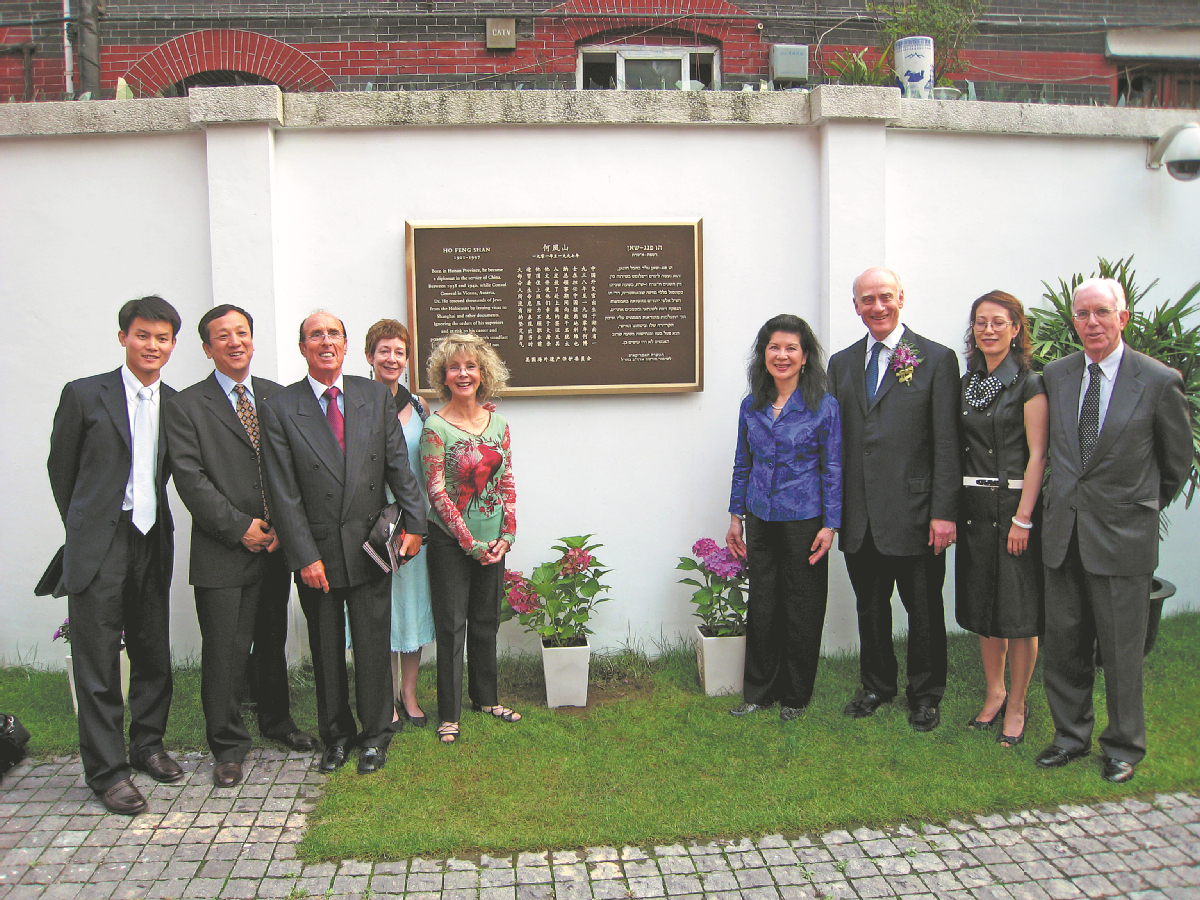
Chinese diplomat in Austria Ho Feng Shan saved thousands of refugees fleeing Nazi terror during WWII by issuing visas for life, Ho Manli reports.
Toward the end of 1938, in the second year of the full-scale Chinese People's War of Resistance Against Japanese Aggression (1931-45), and on the eve of World War II in Europe, there was suddenly a mass influx of European Jewish refugees into the Chinese port city of Shanghai.
In less than two years, some 18,000 Jews would seek refuge in Shanghai. During that period, the very use of its name as a destination provided thousands with a means of escape from certain death at the hands of the Nazis.
How did an occupied war-torn Chinese port city become a refuge of last resort from the Holocaust?
It has only been in the last two decades that this history has surfaced and become more widely known. At that time, elderly Jewish Shanghai survivors began to write their memoirs, and I embarked on a two-decade long investigation into the instrumental role that my late father, the Chinese diplomat Dr Ho Feng Shan (1901-97), played in saving Jews.
Well before Nazi policy turned to genocide in 1941, the Anschluss, the political union of Austria and Germany in March 1938, unleashed a reign of terror on Jews, precipitating a refugee crisis.
Up until then, Nazi efforts to render Germany Judenrein, or "cleansed of Jews", had not gained much traction. But with the Anschluss, anti-Semitic violence and persecution of Jews escalated exponentially.
The Nazis created draconian bureaucratic measures for Jewish emigration combining economic expropriation and forced deportation, a "model" perfected in 1938 in Vienna by Adolf Eichmann, who later became one of the architects of "the Final Solution", the Nazi plan for the genocide of Jews in 1942. This "model" was subsequently instituted in all Nazi-occupied territories.
My father was posted to the Chinese legation in Vienna in 1937. He watched in horror as Adolf Hitler marched triumphantly into Vienna in March 1938, to a delirious welcome by the Austrians.
"Since the Anschluss, the persecution of the Jews by Hitler's 'devils' became increasingly fierce. The fate of Austrian Jews was tragic, persecution a daily occurrence," my father wrote in his memoir Forty Years of My Diplomatic Life.
After the Anschluss, all foreign diplomatic missions in Vienna were downgraded to consulates. My father was appointed Consul General a month later.
Around the same time, the first Austrian Jews were sent to Dachau and Buchenwald concentration camps. They were told by Nazi authorities that if they produced "proof of emigration" to another country, they would be released. Many Jews wanted to emigrate to the United States, but the US not only required an affidavit of financial sponsorship but had long ago filled its Austrian quota. Those who wished to go to Palestine found that Britain, under pressure from the Arabs, had severely reduced the quota for Jewish emigrants.






















